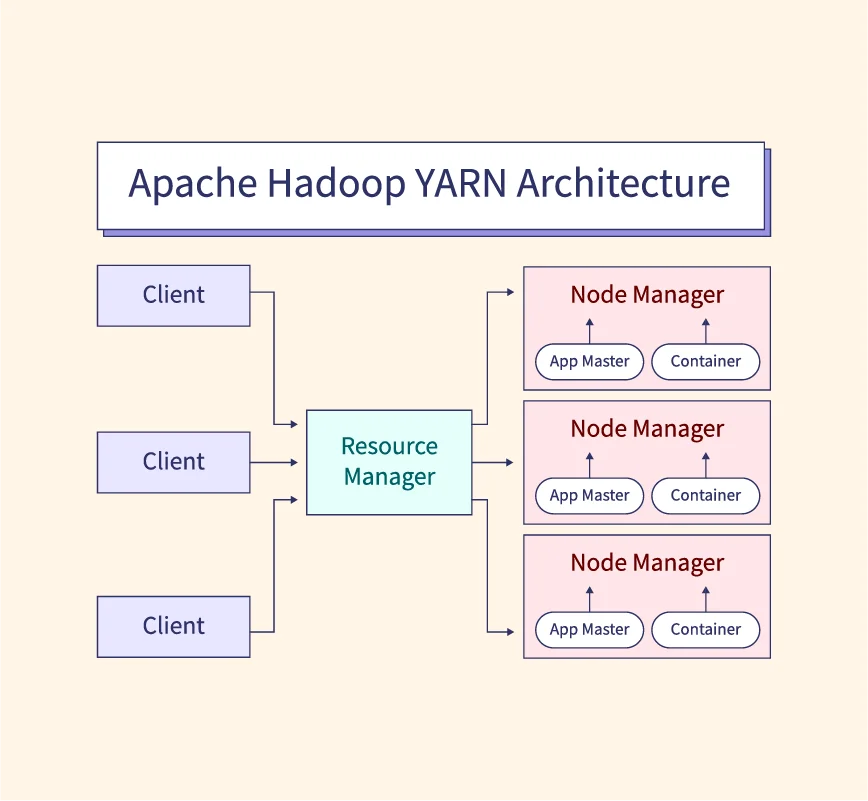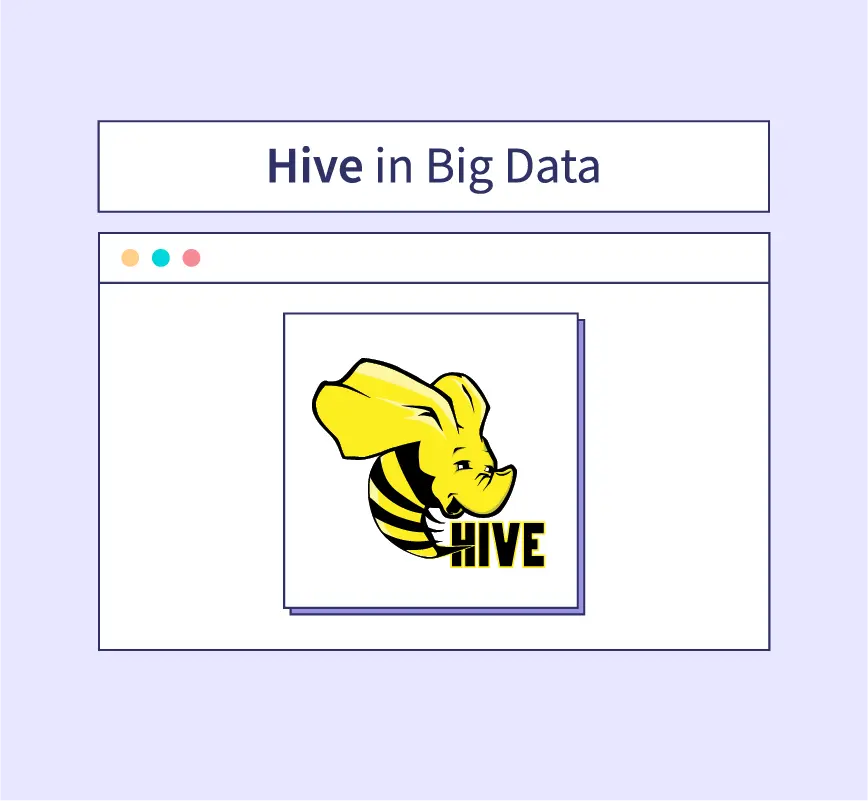In the realm of Artificial Intelligence (AI), search algorithms are essential for solving problems where the path to a solution is not immediately clear. Search algorithms are divided into two categories: uninformed and informed. Uninformed search algorithms, also known as blind search algorithms, explore the search space without any prior knowledge about the goal or the cost of reaching the goal, making them particularly useful in situations where no heuristic information is available. These algorithms are foundational in AI problem-solving and are applied in various fields such as pathfinding, puzzle-solving, and network routing.
Understanding Uninformed Search Algorithms
Uninformed search algorithms work by systematically exploring the search space without domain-specific knowledge or guidance toward the goal. They rely solely on the information provided by the structure of the problem itself and do not make assumptions about the next step in the solution process. The primary mechanism of these algorithms is to expand nodes within a search tree by following general rules, such as visiting all neighboring nodes or following a depth-first or breadth-first approach.
One of the key features of uninformed search algorithms is their versatility. These algorithms can be applied to a wide range of problems, from simple tasks like traversing a graph to more complex applications like solving puzzles or navigating a robotic system. In AI, uninformed search is often used when the solution space is large, and no clear heuristic exists to guide the search process. Despite their lack of optimization compared to heuristic-based algorithms, uninformed search algorithms play an important role in solving fundamental AI tasks, especially when no prior knowledge about the solution is available.
1. Breadth-First Search (BFS)
Breadth-First Search (BFS) is one of the simplest uninformed search algorithms. It explores nodes level by level, starting from the root of the search tree and expanding all nodes at the present depth before moving on to nodes at the next depth level. BFS is particularly useful in scenarios where the goal is located close to the starting point, as it guarantees that the shortest path in an unweighted graph will be found.
BFS can be implemented using a queue data structure, where nodes are added to the back of the queue as they are encountered and removed from the front when they are expanded. The algorithm proceeds by exploring all neighboring nodes of a given node, adding them to the queue, and repeating the process until the goal is reached.
Algorithm Pseudocode:
1. Initialize an empty queue and enqueue the root node.
2. While the queue is not empty:
a. Dequeue the front node.
b. If this node is the goal, return the solution.
c. Else, enqueue all unvisited neighboring nodes.
3. Repeat the process until the goal is found or the queue is empty.Example
We have a 2D grid (maze) where 0 represents an open path and 1 represents an obstacle. The task is to find the shortest path from the start to the goal using BFS.
Python Implementation:
from collections import deque
def bfs(grid, start, goal):
rows, cols = len(grid), len(grid[0])
directions = [(0, 1), (1, 0), (0, -1), (-1, 0)] # Right, Down, Left, Up
queue = deque([(start, 0)]) # (position, steps)
visited = set([start])
while queue:
(x, y), steps = queue.popleft()
if (x, y) == goal:
return steps # Shortest path found
for dx, dy in directions:
nx, ny = x + dx, y + dy
if 0 <= nx < rows and 0 <= ny < cols and grid[nx][ny] == 0 and (nx, ny) not in visited:
queue.append(((nx, ny), steps + 1))
visited.add((nx, ny))
return -1 # No path found
# Example Grid (0 = Open, 1 = Obstacle)
grid = [
[0, 1, 0, 0, 0],
[0, 1, 0, 1, 0],
[0, 0, 0, 1, 0],
[1, 1, 1, 1, 0],
[0, 0, 0, 0, 0]
]
start = (0, 0) # Start at top-left corner
goal = (4, 4) # Goal at bottom-right corner
print("Shortest Path Length using BFS:", bfs(grid, start, goal))Why BFS?
- Explores all possible paths level by level.
- Ensures the shortest path is found (in an unweighted environment like this grid).
Advantages and Disadvantages
BFS guarantees that the shortest path will be found in unweighted graphs, making it highly effective in scenarios where path length is critical. However, its major drawback is its memory consumption, as it needs to store all nodes at the current depth level, which can grow exponentially in large search spaces.
2. Depth-First Search (DFS)
Depth-First Search (DFS), in contrast to BFS, explores nodes by going as deep as possible along a path before backtracking. DFS uses a stack data structure or recursion to keep track of the current path. The algorithm proceeds by visiting a node, expanding one of its unvisited neighbors, and continuing down that path until a dead-end is reached. At that point, the algorithm backtracks to the most recent decision point and explores the next available path.
DFS is often used in scenarios where the solution is expected to be located deep in the search tree or where memory constraints are a concern, as DFS has much lower memory usage compared to BFS.
Algorithm Pseudocode:
1. Initialize an empty stack and push the root node onto it.
2. While the stack is not empty:
a. Pop the top node.
b. If this node is the goal, return the solution.
c. Else, push all unvisited neighboring nodes onto the stack.
3. Repeat the process until the goal is found or the stack is empty.Example
We have a graph where nodes represent cities, and edges represent possible routes. The goal is to check if there exists a path between two cities using DFS.
Python Implementation:
def dfs(graph, start, goal, visited=None):
if visited is None:
visited = set()
visited.add(start)
if start == goal:
return True # Path found
for neighbor in graph[start]:
if neighbor not in visited:
if dfs(graph, neighbor, goal, visited):
return True
return False # No path found
# Example Graph (Adjacency List Representation)
graph = {
'A': ['B', 'C'],
'B': ['D', 'E'],
'C': ['F'],
'D': [],
'E': ['F'],
'F': []
}
start, goal = 'A', 'F'
print("Path exists using DFS:", dfs(graph, start, goal))Why DFS?
- Useful when exploring deep paths first (e.g., solving mazes, backtracking problems).
- May not always find the shortest path, but is effective when a solution exists.
Advantages and Disadvantages
DFS is more memory-efficient than BFS because it only needs to store the current path, rather than all nodes at a particular depth. However, DFS does not guarantee finding the shortest path and may get stuck exploring long, irrelevant branches if the solution is not near the starting point.
3. Depth-Limited Search (DLS)
Depth-Limited Search (DLS) is a modification of DFS that introduces a limit on the depth of exploration. By setting a depth limit, DLS prevents the algorithm from exploring paths that exceed the specified depth, avoiding the problem of infinite loops in deep or cyclic graphs.
DLS is useful in problems where there is a known depth beyond which a solution is unlikely to exist. By limiting the search depth, the algorithm can focus its efforts on exploring paths within a reasonable range while avoiding unnecessary exploration of deeper paths.
Algorithm Pseudocode:
1. Initialize an empty stack and push the root node onto it with depth 0.
2. While the stack is not empty:
a. Pop the top node.
b. If this node is the goal, return the solution.
c. Else, if the current depth is less than the depth limit, push all unvisited neighboring nodes onto the stack with their respective depths.
3. Repeat the process until the goal is found or the stack is empty.Example
DLS is commonly used in games like Chess or Go, where it prevents the search from going too deep into the game tree and ensures that only relevant moves are considered.
Advantages and Disadvantages
The primary advantage of DLS is its ability to control the depth of exploration, making it suitable for problems where deep paths are unlikely to yield solutions. However, DLS may miss solutions that exist beyond the depth limit, which can lead to incomplete results.
4. Iterative Deepening Depth-First Search (IDDFS)
Iterative Deepening Depth-First Search (IDDFS) is a hybrid algorithm that combines the depth-first exploration of DFS with the depth-limited approach of DLS. The algorithm starts by performing DLS with a depth limit of 0 and incrementally increases the depth limit until the goal is found. Each iteration performs a DFS with the current depth limit, exploring all paths up to that depth before increasing the limit and repeating the process.
IDDFS is particularly useful in situations where the depth of the solution is unknown, as it combines the space efficiency of DFS with the optimality of BFS.
Algorithm Pseudocode:
1. For depth = 0 to infinity:
a. Perform DLS with the current depth.
b. If the goal is found, return the solution.
2. Repeat until the goal is found.Example
IDDFS is often used in puzzle-solving scenarios, such as the 8-puzzle or 15-puzzle, where the depth of the solution is unknown and the algorithm needs to explore multiple depths incrementally.
Advantages and Disadvantages
IDDFS combines the best features of BFS and DFS by ensuring optimality (like BFS) while maintaining space efficiency (like DFS). However, the trade-off is increased time complexity, as nodes are revisited at each depth level.
5. Uniform-Cost Search (UCS)
Uniform-Cost Search (UCS) is a cost-based uninformed search algorithm that expands the node with the lowest cumulative path cost first. Unlike BFS or DFS, UCS takes into account the cost of reaching each node, ensuring that the path with the lowest overall cost is explored before more expensive paths.
UCS is typically implemented using a priority queue, where nodes are added based on their cumulative cost, with the lowest-cost node being expanded first. This approach guarantees finding the optimal path in graphs with varying edge weights.
Algorithm Pseudocode:
1. Initialize an empty priority queue and add the root node with cost 0.
2. While the queue is not empty:
a. Dequeue the node with the lowest cost.
b. If this node is the goal, return the solution.
c. Else, enqueue all unvisited neighboring nodes with their cumulative costs.
3. Repeat until the goal is found or the queue is empty.Example
We have a weighted graph where edges represent travel costs (e.g., road distances). The goal is to find the least-cost path from a start city to a destination city using UCS.
Python Implementation:
import heapq
def ucs(graph, start, goal):
priority_queue = [(0, start)] # (cost, node)
visited = {}
while priority_queue:
cost, node = heapq.heappop(priority_queue)
if node == goal:
return cost # Minimum cost to reach the goal
if node in visited and visited[node] <= cost:
continue
visited[node] = cost
for neighbor, weight in graph[node]:
new_cost = cost + weight
heapq.heappush(priority_queue, (new_cost, neighbor))
return float('inf') # No path found
# Example Graph (Weighted Adjacency List)
graph = {
'A': [('B', 4), ('C', 2)],
'B': [('D', 5)],
'C': [('B', 1), ('D', 8)],
'D': []
}
start, goal = 'A', 'D'
print("Shortest Path Cost using UCS:", ucs(graph, start, goal))Why UCS?
- Finds the least-cost path in a weighted environment (unlike BFS).
- Uses a priority queue (like Dijkstra’s algorithm) for efficiency.
Advantages and Disadvantages
The main advantage of UCS is its ability to find the optimal path in weighted graphs. However, UCS can be inefficient in graphs where long paths with low cumulative costs are explored before shorter, more direct paths.
6. Bidirectional Search Algorithm
Bidirectional Search is an algorithm that simultaneously performs two searches: one forward from the start node and one backward from the goal node. The two searches meet in the middle, significantly reducing the search space compared to unidirectional algorithms.
By dividing the search into two parts, bidirectional search can drastically reduce the time complexity of the search process. However, implementing two simultaneous searches and ensuring that they meet at the correct point can be challenging.
Algorithm Pseudocode:
1. Initialize two queues: one for the forward search and one for the backward search.
2. While both queues are not empty:
a. Expand nodes alternately from both queues.
b. If a node is found in both searches, return the solution.
3. Repeat until the searches meet or the queues are empty.Example
Bidirectional search is often used in road network routing, where the algorithm searches from both the starting point and the destination, meeting in the middle to find the shortest path.
Advantages and Disadvantages
Bidirectional search significantly reduces the time complexity of the search, making it more efficient for large search spaces. However, it requires careful management of two simultaneous searches, which can add complexity to the implementation.
Role of Uninformed Search Algorithms in AI
Uninformed search algorithms are integral to AI applications where no heuristic information is available. They provide a systematic way to explore the solution space and find valid solutions to problems like pathfinding, puzzle-solving, and resource allocation. Despite the rise of heuristic-based algorithms, uninformed search algorithms remain a foundational tool in AI, offering reliable and versatile problem-solving techniques.
In fields such as robotics, game theory, and network routing, uninformed search algorithms are frequently used to navigate unknown environments, solve combinatorial problems, and optimize resource usage. Their simplicity and general applicability make them indispensable for AI tasks where domain-specific knowledge is limited or unavailable.
Conclusion
Uninformed search algorithms are essential for solving a wide range of AI problems. From BFS and DFS to more advanced techniques like UCS and bidirectional search, these algorithms offer different strengths and weaknesses depending on the problem at hand. While uninformed search lacks the efficiency of heuristic-based methods, its versatility and reliability ensure that it remains a core component of AI problem-solving. As AI continues to evolve, uninformed search algorithms will remain a foundational tool for exploring solution spaces in various applications.
References:
- Uninformed Search Algorithms in Artificial Intelligence – Scaler Topics
- Uninformed Search Algorithms in Artificial Intelligence – Naukri Code 360


